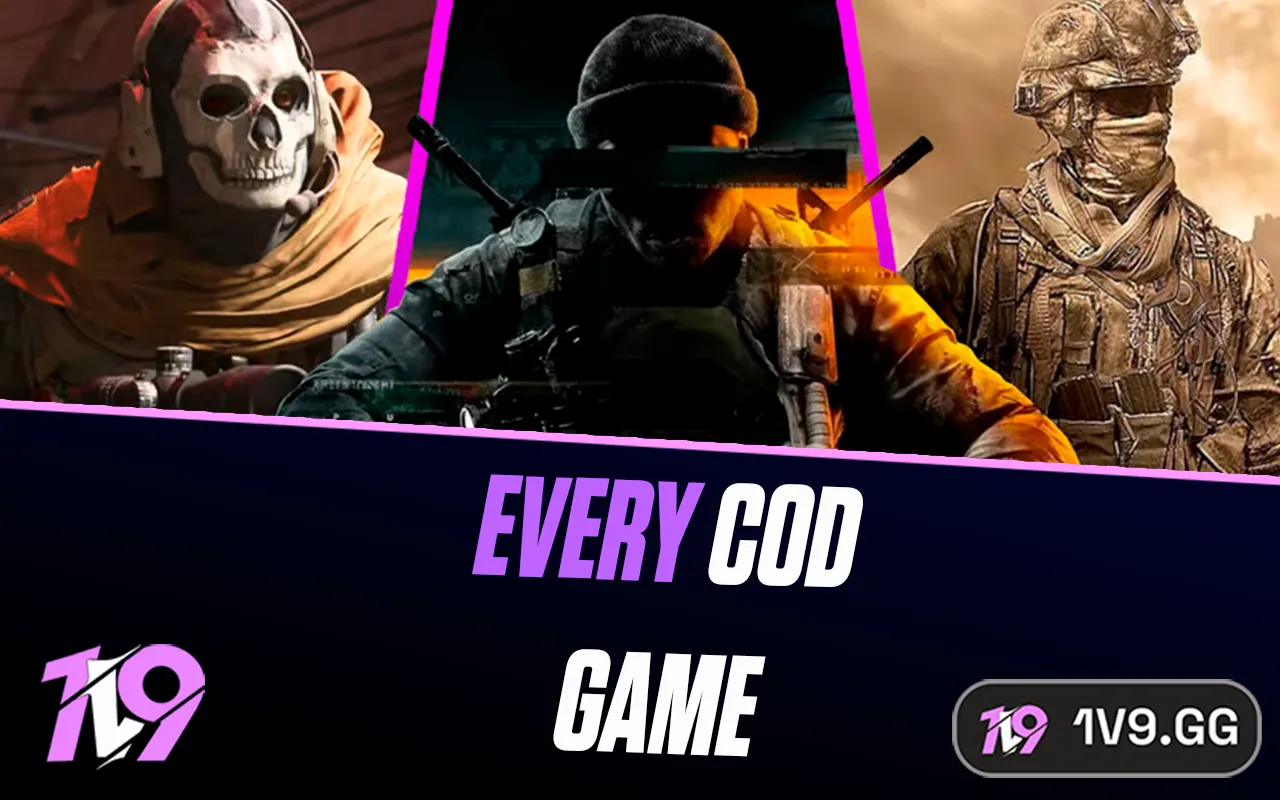
All Call of Duty Games in Chronological Order
The Call of Duty series has shaped modern gaming in a way few franchises ever have. Across two decades, more than twenty main titles, and hundreds of millions of copies sold, it’s become the go-to name for fast-paced shooters, late-night lobbies, and unforgettable multiplayer moments. From chaotic 1v1s on tiny maps to massive story campaigns that defined an era, CoD has left a mark on every generation of players.
The franchise hasn’t been without its rough patches — yearly releases, questionable microtransactions, and a few divisive entries — but even with all that, Call of Duty continues to dominate the gaming landscape. And with CoD Black Ops 7 on the horizon, this feels like the perfect time to look back at how everything started. In this article, we’re breaking down every Call of Duty game in chronological order, giving you a clean, simple timeline of the entire series. Let’s dive in.
#1: Call of Duty
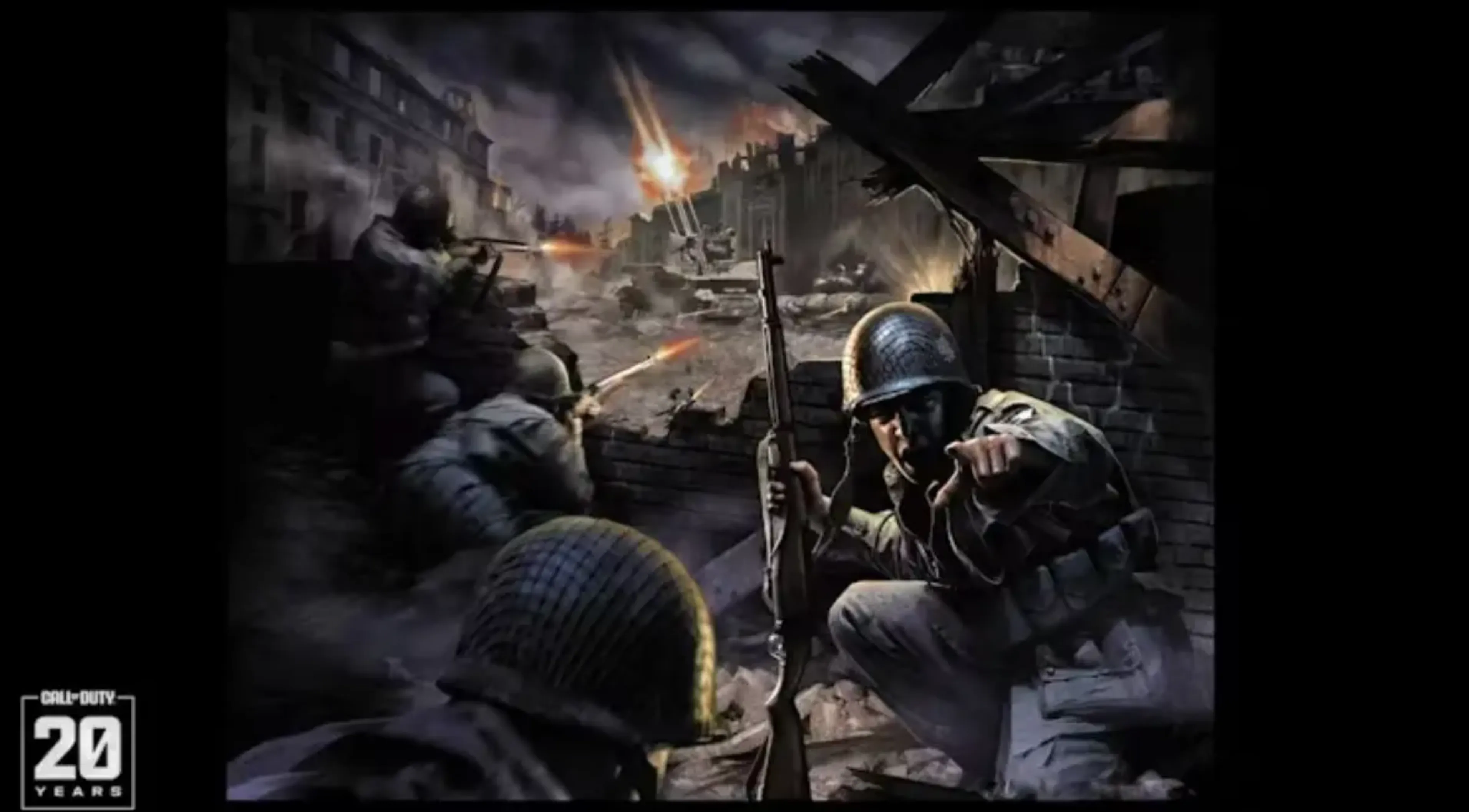
Release Date: October 29, 2003
Platforms: PC, PS3, Xbox 360, Nokia N-Gage
The very first Call of Duty is where the entire series took shape, setting the tone for what would eventually become one of gaming’s biggest franchises. Instead of flashy set-pieces or futuristic tech, the 2003 classic focused on grounded WWII combat, gritty missions, and the feeling of being one soldier in the chaos of a massive war. Medkits, squad-based firefights, and the iconic “shellshock” effect made every encounter feel tense and immersive for its time.
The campaign took players through some of the most intense moments of World War II, from storming trenches in France to surviving the brutal urban warfare of Stalingrad. It also marked the quiet introduction of Captain Price, who would later become one of the most recognizable faces in the franchise. Even though the game shows its age today, its influence is undeniable — this is the entry that laid the foundation for everything Call of Duty would eventually become.
#2: Call of Duty 2

Release Date: October 25, 2005
Platforms: PC, MacOS, Xbox 360
Call of Duty 2 was the first major leap forward for the franchise, and you could feel the extra development time the moment you booted it up. Instead of rushing out another yearly release, the team focused on evolving everything the original did well. The sequel introduced modern features we take for granted today—like automatic health regeneration and more versatile grenades—which made firefights flow far more naturally.
Visually and mechanically, Call of Duty 2 felt like a generational upgrade. The missions were larger, the atmosphere was richer, and the action had more weight thanks to improved effects and sound design. On Xbox 360, the game became an early benchmark for what a next-gen shooter could look like, helping cement Call of Duty as the FPS standard for years to come.
#3: Call of Duty 3

Release Date: November 7, 2006
Platforms: PS2, PS3, Xbox, Xbox 360, Nintendo Wii
Call of Duty 3 marked a big moment for the franchise, as Treyarch took over development for the first time. Instead of reinventing the formula, the studio focused on refining the foundation laid by the first two games. The result was a familiar but noticeably more energetic WWII shooter that introduced larger-scale battles, expanded multiplayer lobbies, and even vehicle combat—something that added a new level of chaos to online matches.
While it wasn’t a groundbreaking entry, Call of Duty 3 played an important role in shaping the series’ future. It was the first true sign that Activision was committing to a yearly release cycle, paving the way for the alternating-studio model fans know today. Even if it didn’t break new ground, it kept the momentum going and helped bridge the gap to some of the franchise’s most iconic releases.
#4: Call of Duty 4: Modern Warfare

Release Date: November 5, 2007
Platforms: PC, PS3, Xbox 360, Nintendo Wii
Call of Duty 4: Modern Warfare wasn’t just another sequel—it was a revolution. Moving away from WWII for the first time, MW delivered a modern narrative packed with memorable missions, cinematic storytelling, and characters that still define the series today. Its campaign became an instant classic, but the real turning point was its multiplayer. Custom classes, Prestige mode, Killstreaks, unlockable weapons, nonstop progression—Modern Warfare set the foundation for nearly every online shooter that followed. More than a decade later, its influence is still unmatched, and many players consider it the moment Call of Duty truly became a global giant.
#5: Call of Duty: World at War
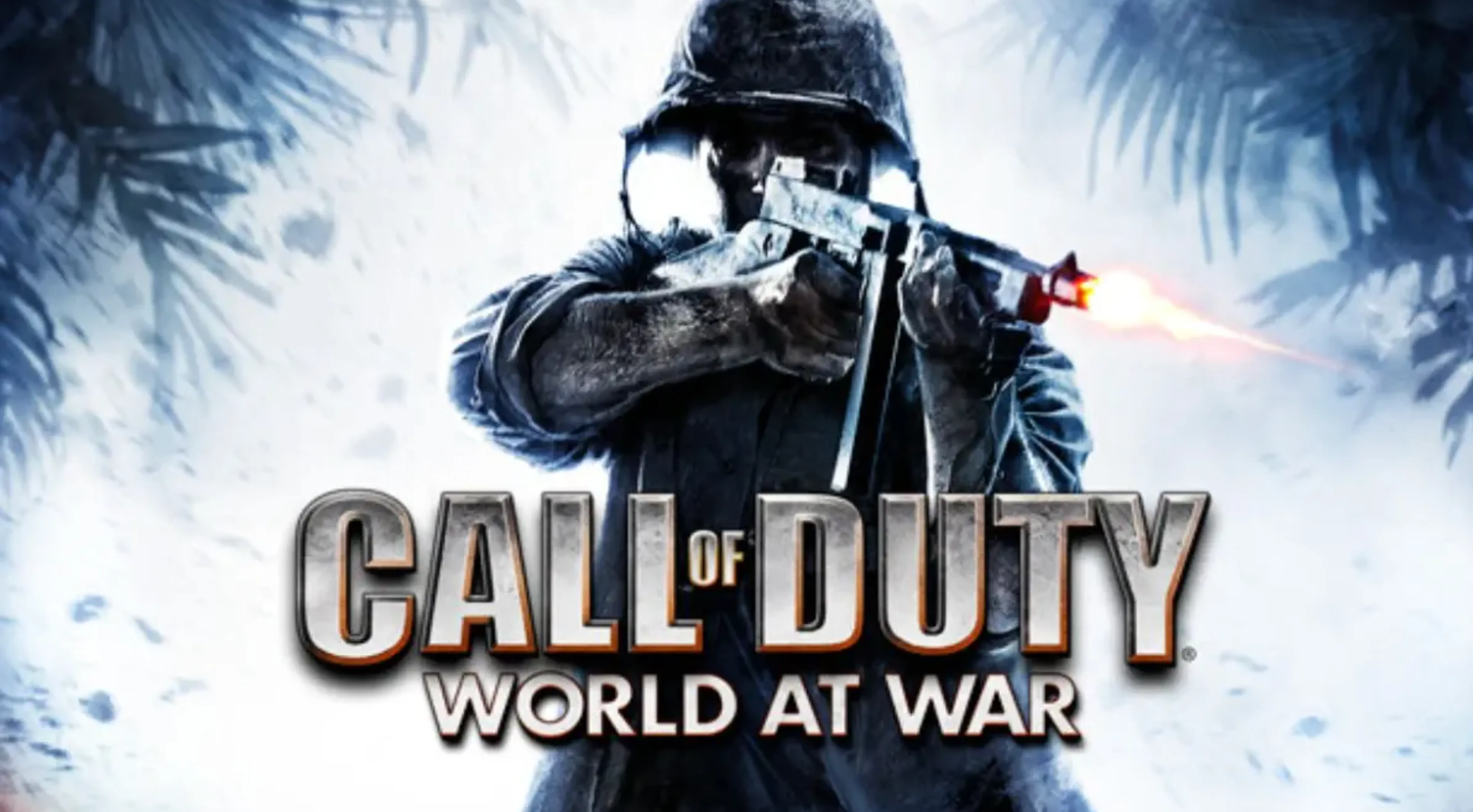
Release Date: November 11, 2008
Platforms: PC, PS3, Xbox 360, Nintendo Wii
World at War pulled Call of Duty straight back into the harsh reality of WWII, but Treyarch approached it with a far grittier tone than anything fans had seen before. The campaign didn’t shy away from showing the raw brutality of the Pacific and Eastern Fronts, delivering missions that felt chaotic, claustrophobic, and emotionally heavy. From desperate close-quarters fighting to massive battlefield set pieces, the game pushed the series into darker territory and carved out its own identity. But the real legacy of World at War came from the unexpected debut of Zombies mode. What started as a simple bonus survival map quickly exploded into one of Call of Duty’s most beloved pillars, setting the stage for the massive Zombies universe that exists today. World at War wasn’t just another return to WWII — it became a cornerstone for everything Treyarch would build in the years to come.
#6: Call of Duty: Modern Warfare 2
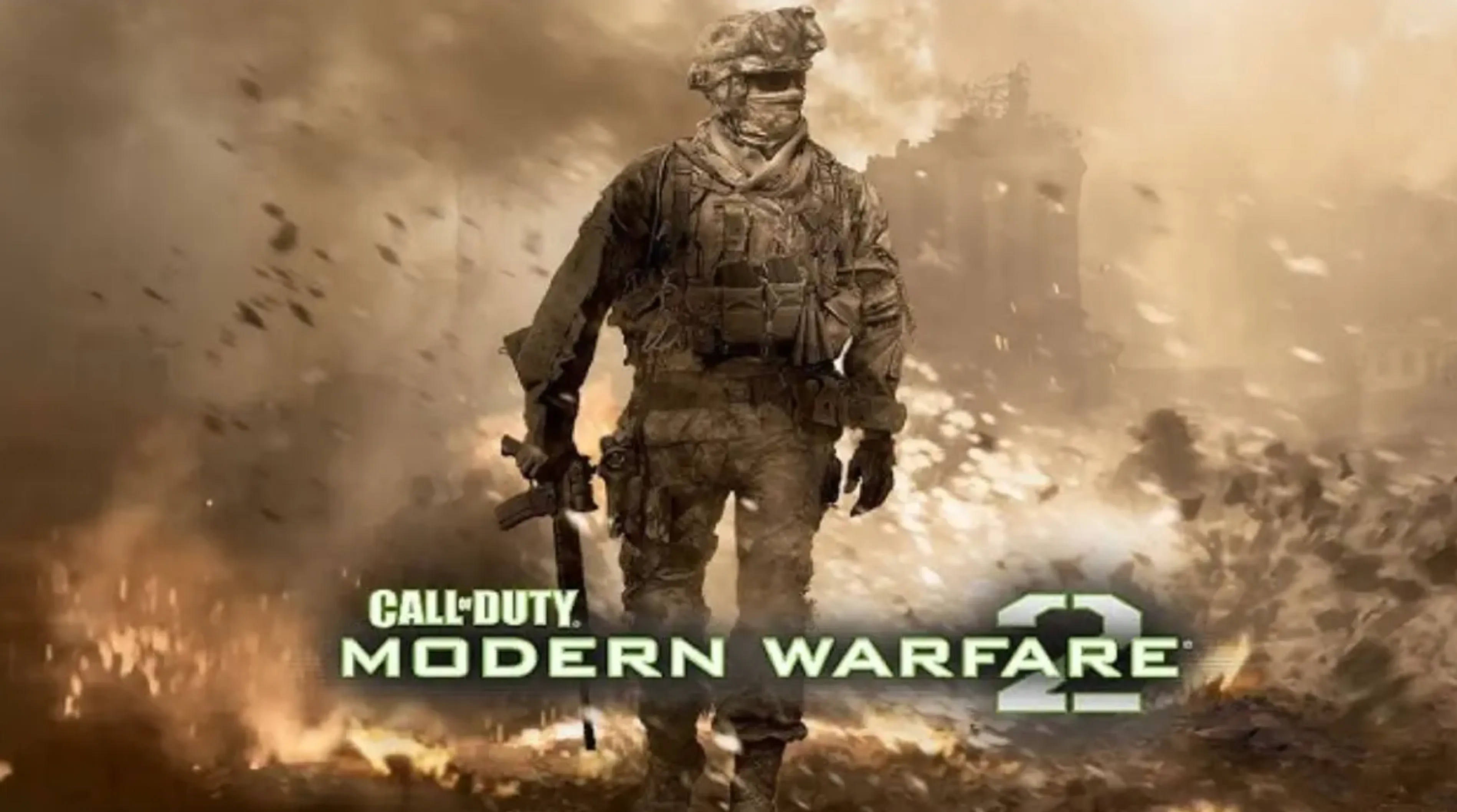
Release Date: November 10, 2009
Platforms: PC, PS3, Xbox 360
Modern Warfare 2 is the game many fans still point to as the peak of the entire franchise, and it’s easy to see why. From the moment the campaign starts, it delivers one unforgettable moment after another—high-stakes missions across multiple continents, explosive set pieces, and a storyline that never lets up. It blended intensity, emotion, and spectacle in a way no other CoD had managed before, and the experience still holds up today.
The multiplayer was just as iconic. MW2 introduced a wave of new perks, powerful killstreaks, and a map lineup that remains unmatched, with standouts like Rust, Terminal, and Highrise defining a whole era of online play. The pace, the chaos, the creativity—it all came together so perfectly that many players still consider MW2 the gold standard for Call of Duty. It’s the kind of lightning-in-a-bottle moment the franchise has been chasing ever since.
#7: Call of Duty: Black Ops
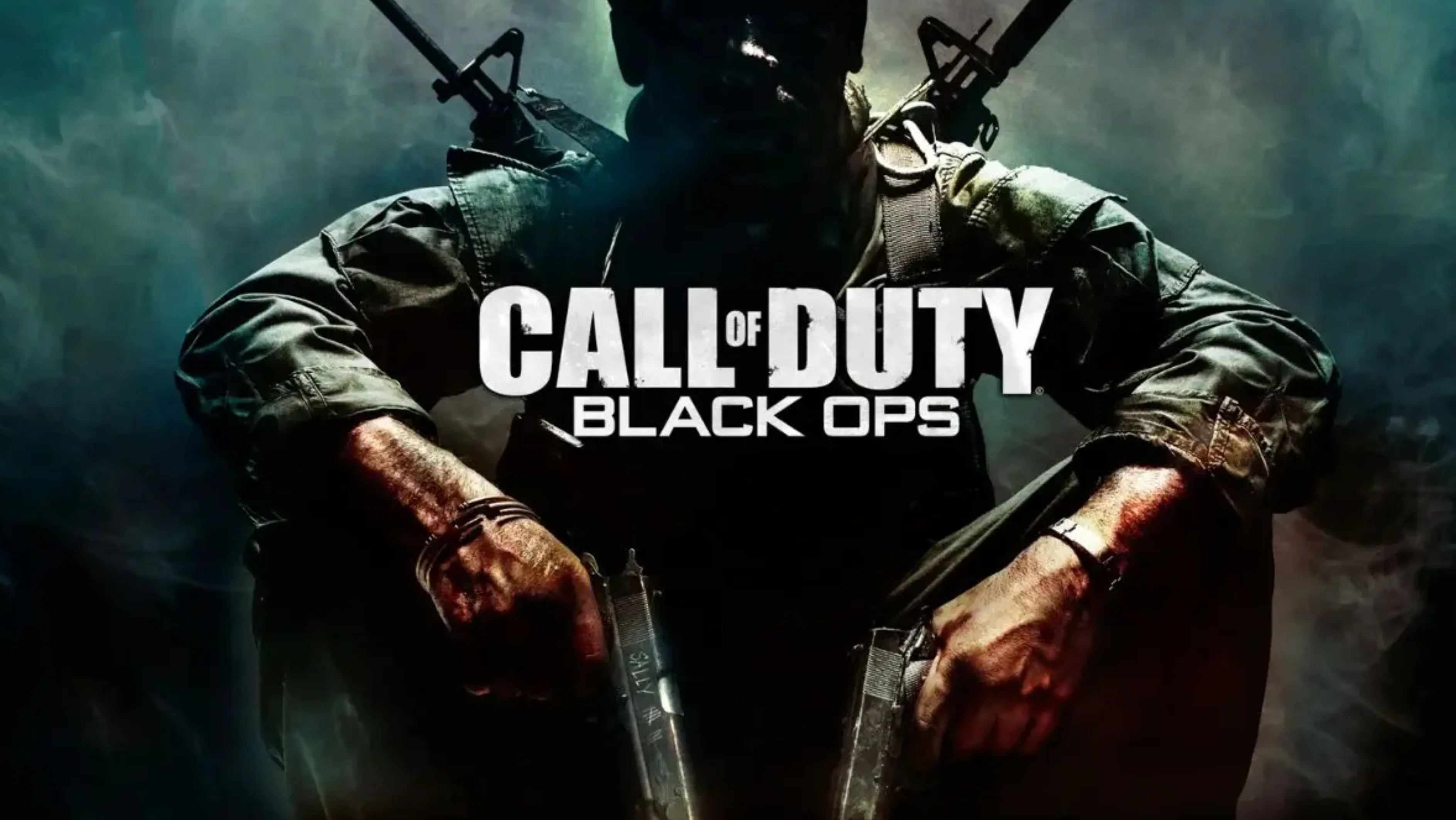
Release Date: November 9, 2010
Platforms: PC, PS3, Xbox 360, Nintendo Wii, Nintendo DS
Black Ops was a major turning point for the series, shifting from traditional warfare into a world of covert operations, hidden agendas, and Cold War paranoia. Instead of straight-up military action, the campaign threw you into secret missions, political tension, and a storyline full of twists that kept you guessing from one mission to the next. The style, the atmosphere, and the unforgettable opening scenes instantly set it apart from anything Call of Duty had done before.
Multiplayer delivered just as strong of an impact. Treyarch’s signature fast-but-arcade-leaning gunplay, combined with a fantastic selection of maps, made Black Ops one of the most addictive entries to date. And for Zombies fans, this was the game where the mode really started evolving—more lore, more cinematic moments, and fan-favorite maps that still hold up today.
Black Ops stands tall as one of the defining CoD titles ever made, and for many players, it easily ranks among the top three in the franchise’s entire history.
#8: Call of Duty: Modern Warfare 3
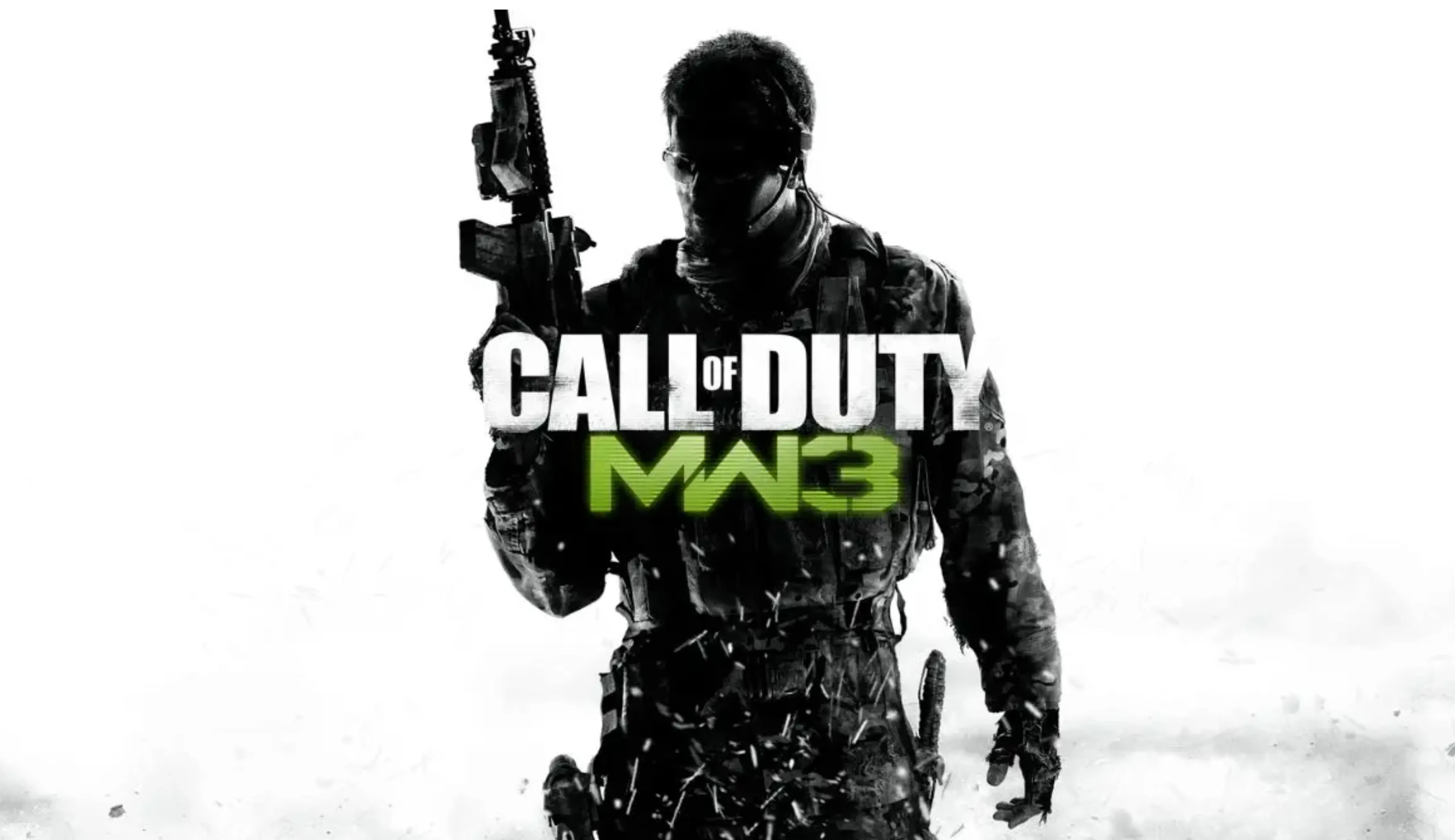
Release Date: November 8, 2011
Platforms: PC, PS3, Xbox 360, Nintendo Wii
Modern Warfare 3 wrapped up the original MW storyline with full blockbuster energy, throwing players into a globe-spanning finale that never took its foot off the gas. From chaotic firefights in New York City to high-stakes missions across Europe and the Middle East, the campaign delivered constant action and the kind of dramatic moments that defined the trilogy. It felt like the culmination of everything the Modern Warfare series had been building toward.
On the multiplayer side, MW3 continued the momentum from MW2 with familiar fast-paced gunplay, a strong map lineup, and a polished mix of perks and killstreaks that kept matches tense and addictive. It didn’t necessarily reinvent the formula, but it refined what players already loved, making it one of the most replayable entries from that era.
Even today, many fans look back on MW3 as peak classic Call of Duty—loud, intense, and endlessly fun.
#9: Call of Duty: Black Ops 2
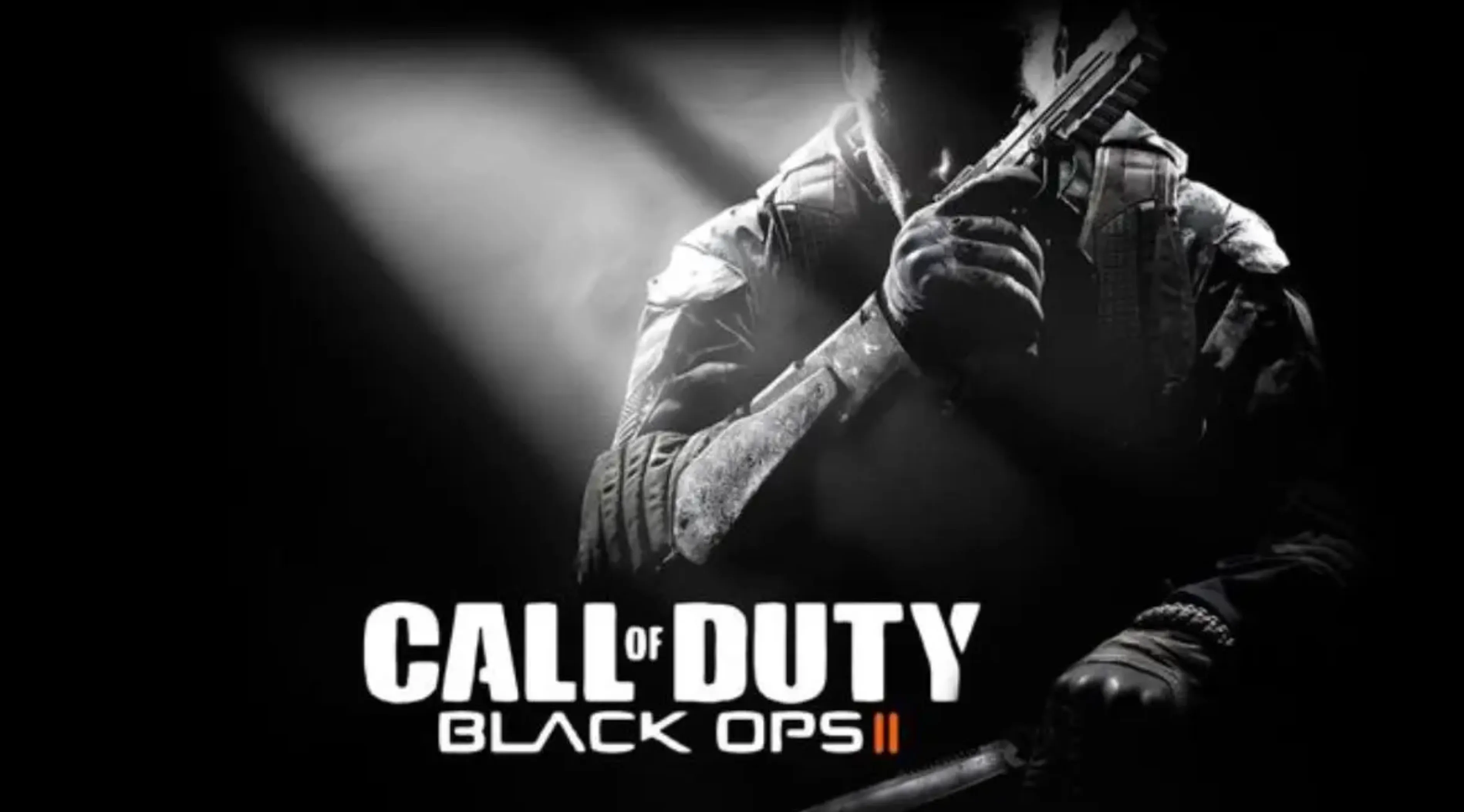
Release Date: November 13, 2012
Platforms: PC, PS3, Xbox 360, Wii U
Black Ops 2 was Treyarch at its absolute peak, pushing the series in a direction nobody expected. Instead of sticking to a single timeline, the campaign jumped between Cold War missions and a slick near-future conflict, creating a story that felt way ahead of its time. For the first time ever in Call of Duty, your decisions actually changed the outcome of the campaign, leading to multiple endings — something that immediately set it apart from every entry before it.
Multiplayer became a monster of its own with League Play, a new scorestreak system, and instantly iconic maps like Raid and Hijacked that still define competitive CoD today. Zombies also exploded in popularity, with modes like Tranzit giving players secrets to hunt for weeks. Black Ops 2 wasn’t just another yearly release — it became the blueprint for what the franchise would chase for the next decade, and its influence is still obvious with where the series is heading now.
#10: Call of Duty: Ghosts
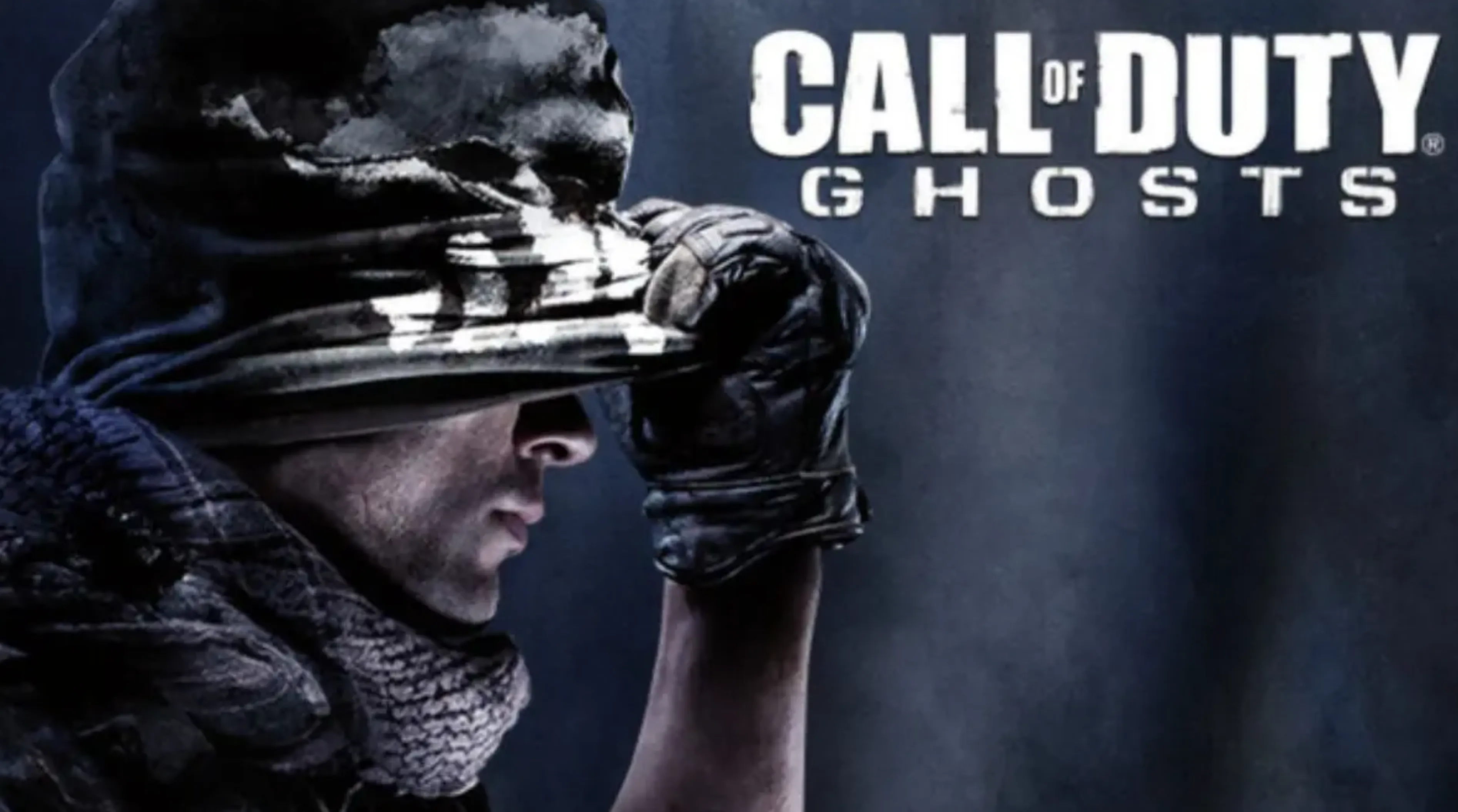
Release Date: November 5, 2013
Platforms: PC, PS3, PS4, Xbox 360, Xbox One, Wii
Call of Duty: Ghosts landed at a strange moment for the franchise, right when players were starting to feel the yearly grind catch up. The campaign had a few cool moments and a memorable companion in Riley — easily the highlight of the entire story — but the rest of the game never really established its own identity. Compared to the distinct style of Modern Warfare or the bold direction of Black Ops, Ghosts felt like it was missing that spark that makes a CoD entry stand out.
Multiplayer introduced some new ideas and map dynamics, but even then, it struggled to leave a lasting impression. For Sledgehammer’s first standalone entry, Ghosts came across more as a transitional title than a bold reinvention. Luckily, the studio would hit a much stronger stride with their future releases, but Ghosts remains one of the more forgettable chapters in the series’ long history.
#11: Call of Duty: Advanced Warfare
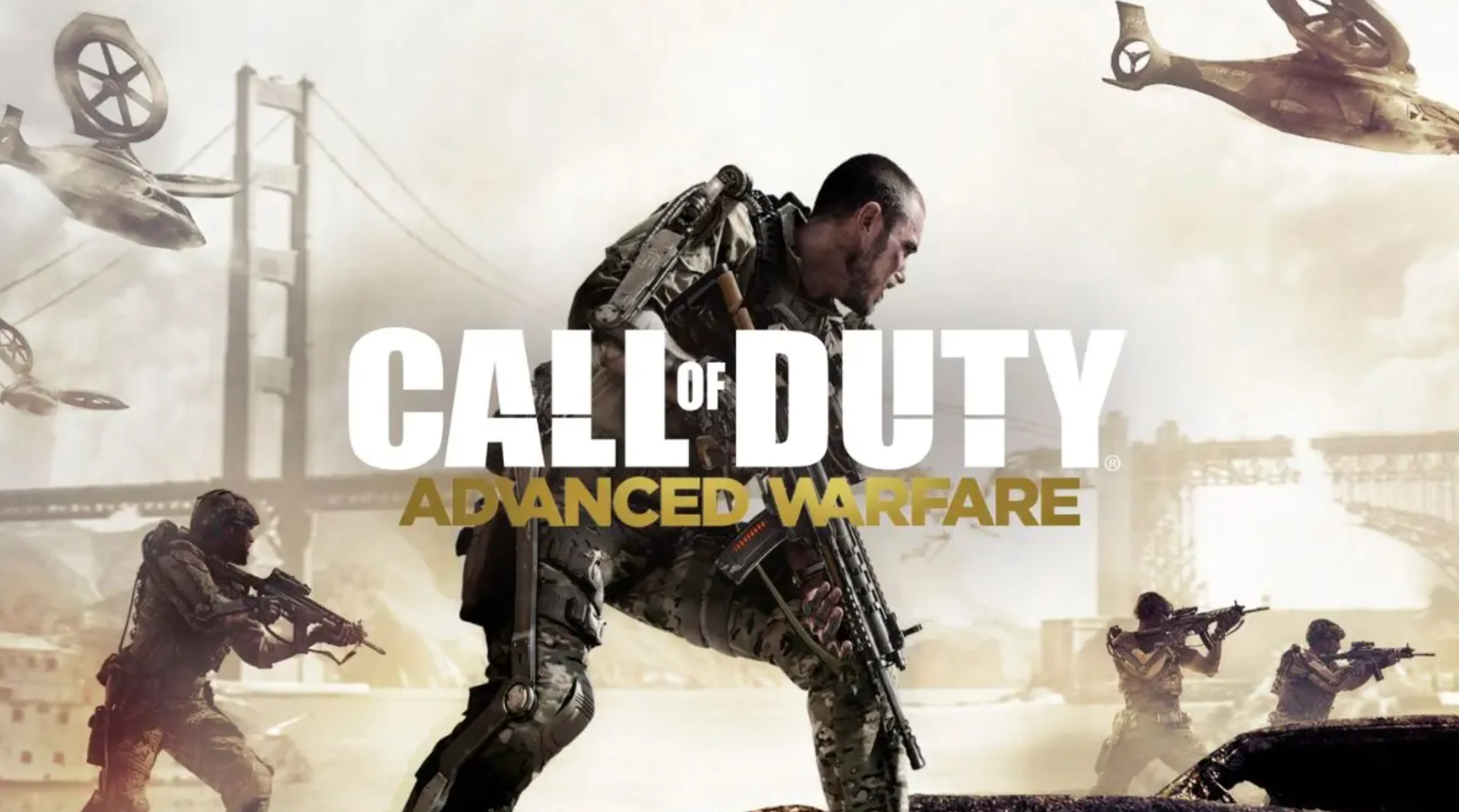
Release Date: November 4, 2014
Platforms: PC, PS3, PS4, Xbox 360, Xbox One
Advanced Warfare marked a major turning point for the series, as Sledgehammer pushed Call of Duty into a full-on futuristic era. Instead of the traditional grounded combat the franchise had built its identity on, players were suddenly suited up with exo-frames, high-tech weaponry, and mobility tools that completely reshaped the flow of every gunfight. Boost jumps, dodge mechanics, and vertical engagements gave matches a brand-new rhythm that felt nothing like the CoD people were used to.
The shift wasn’t universally loved. Some long-time fans felt the advanced movement made encounters overly chaotic and took the franchise too far from its roots. But looking back, Advanced Warfare was one of the boldest risks Call of Duty ever took — a rare moment where the developers genuinely tried to evolve the formula instead of playing things safe. Whether you loved the exo-movement meta or not, it’s hard to deny that Advanced Warfare injected fresh energy into the franchise at a time when it desperately needed a change.
#12: Call of Duty: Black Ops 3
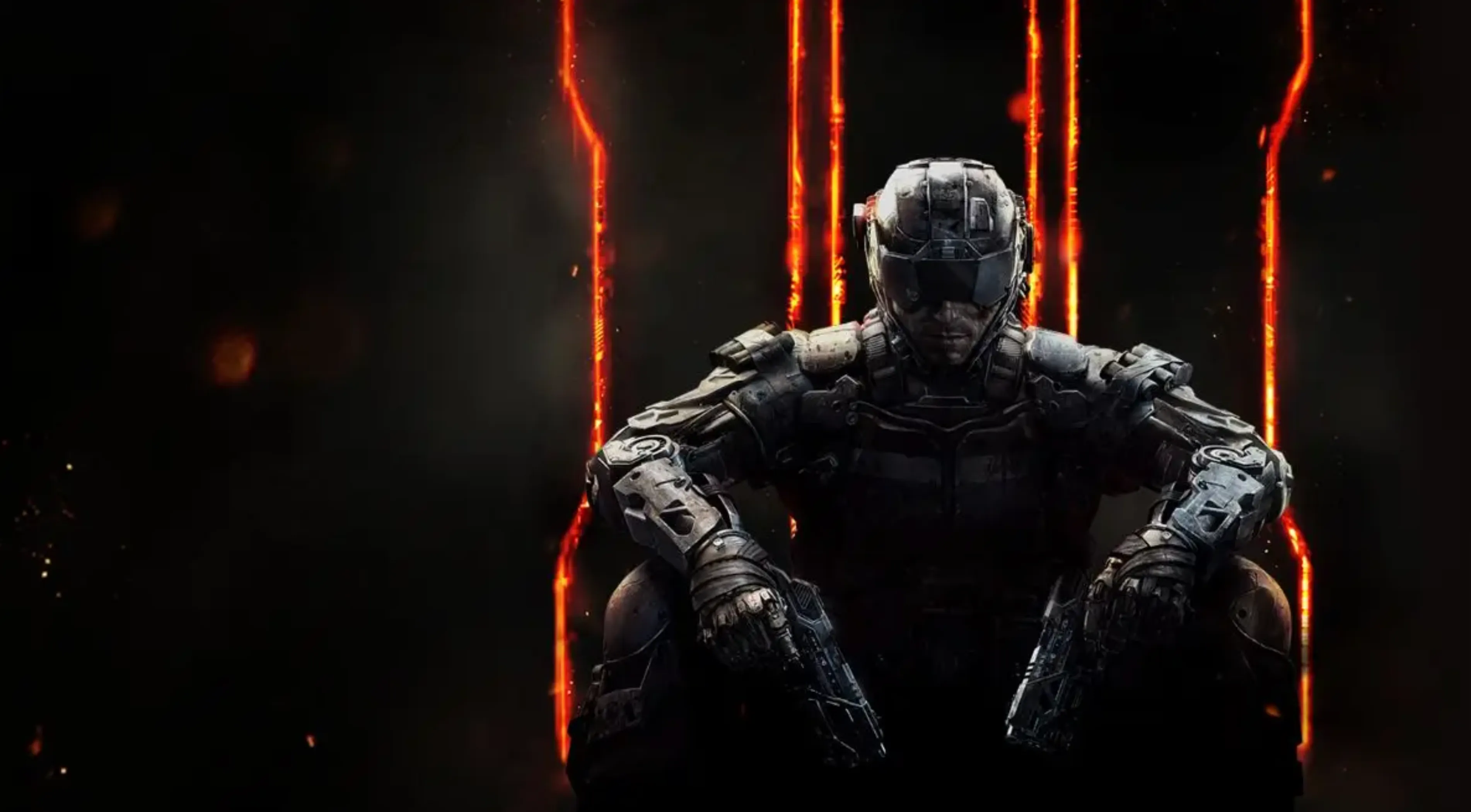
Release Date: November 6, 2015
Platforms: PC, PS3, PS4, Xbox 360, Xbox One
Black Ops 3 pushed the series even deeper into a futuristic direction, introducing cybernetic soldiers, advanced mobility, and a campaign that felt far more psychological than previous entries. Instead of the usual military storyline, Treyarch went all-in on mind-bending twists, digital corruption, and a darker tone that set it apart from the rest of the franchise.
Multiplayer embraced the new mobility system with wall-runs, thruster jumps, and a faster combat rhythm that rewarded creativity and sharp reflexes. Guns still felt punchy and familiar, but the added movement gave firefights a totally new energy.
Of course, the crown jewel of Black Ops 3 was Zombies. BO3 became the Zombies experience thanks to its massive map selection, deep progression, and the unforgettable lineup of fan-favorite maps. From Shadows of Evil to The Giant, and later the full Zombies Chronicles remasters, this entry cemented itself as the gold standard for undead slaying. If you ask most longtime fans, BO3 is still the game they reinstall whenever the Zombies itch hits — and after a few rounds on Der Eisendrache, it’s easy to see why.
#13: Call of Duty: Infinite Warfare
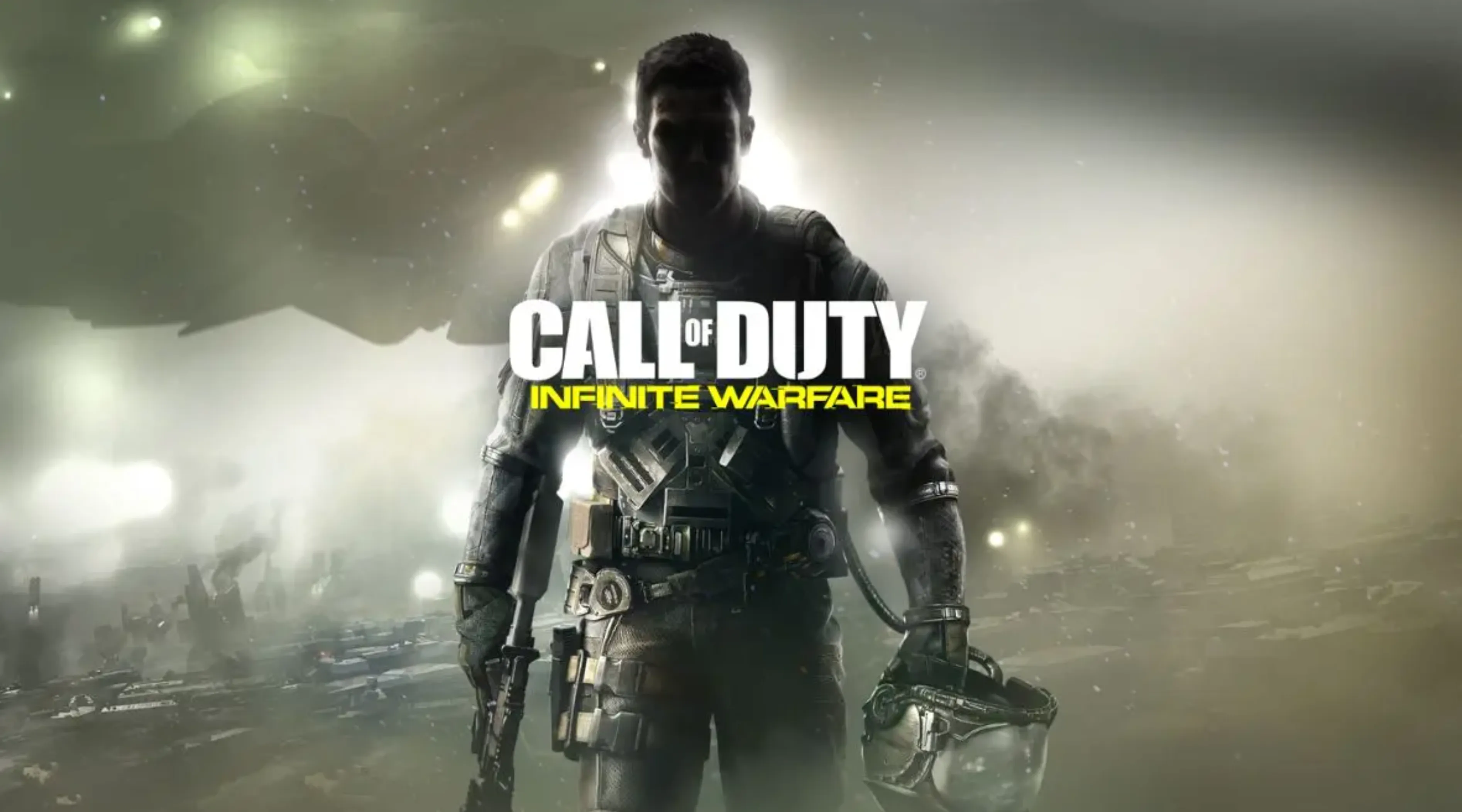
Release Date: November 4, 2016
Platforms: PC, PS4, Xbox One
Infinite Warfare is easily one of the boldest swings the series has ever taken. Instead of the usual grounded military combat, Infinity Ward launched players straight into outer space, swapping traditional battlefields for starships, dogfights above planets, and zero-gravity shootouts that felt unlike anything Call of Duty had attempted before.
The campaign leaned heavily into its sci-fi setting, mixing political tension, advanced tech, and a full interstellar war that pushed the franchise far beyond its comfort zone. Even the villain carried Hollywood weight, with Kit Harington taking on the role of the main antagonist. It was dramatic, over the top, and unapologetically futuristic.
Looking back, Infinite Warfare feels like the “outcast experiment” of the lineup — but in an oddly charming way. It aimed high, tried to reinvent what a Call of Duty campaign could look like, and embraced its wild sci-fi identity with confidence. Even if it didn’t click with everyone, you can’t deny how ambitious it truly was.
#14: Call of Duty: WWII

Release Date: November 3, 2017
Platforms: PC, PS4, Xbox One
After years of futuristic settings, jetpacks, and high-tech battlefields, Call of Duty: WWII marked a dramatic reset for the series. Sledgehammer Games brought the franchise back to the era where it all began, stripping away the sci-fi movement systems and focusing on raw, grounded combat. The campaign delivered some of the most emotional storytelling the series had attempted in years, highlighting the brutality of World War II through tense battles, desperate firefights, and powerful character moments.
WWII’s gameplay leaned heavily into authenticity, trading speed and vertical mobility for slower, more deliberate gunplay. Some players loved that nostalgic return to classic mechanics, while others missed the smooth movement that defined the newer titles. Either way, the game succeeded in recapturing the gritty, boots-on-the-ground identity that longtime fans had been asking for, solidifying itself as a strong comeback chapter for the franchise.
#15: Call of Duty: Black Ops 4
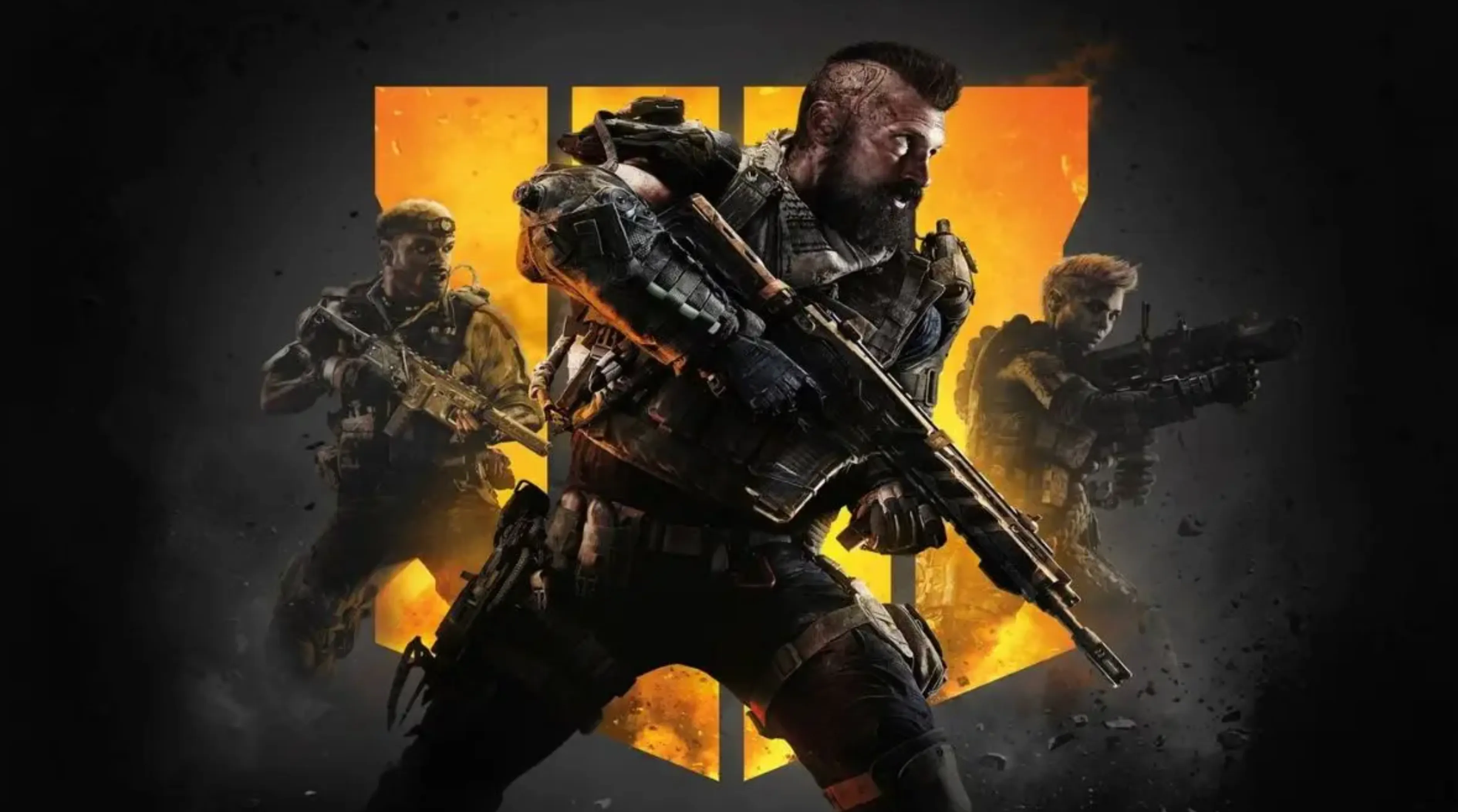
Release Date: October 12, 2018
Platforms: PC, PS4, Xbox One
Black Ops 4 was one of the boldest pivots the franchise ever attempted. With the rise of streaming and the explosion of Battle Royale dominating every corner of gaming, Treyarch steered Call of Duty into completely new territory. The biggest shock came right out of the gate: no traditional campaign. Instead, the game leaned entirely into competitive play, built around fast-paced multiplayer, a revamped Specialists system, and the series’ first-ever attempt at a BR mode—Blackout.
The community was split instantly. Some players loved the focus on pure multiplayer action, while others felt the loss of a campaign left a massive hole in the experience. Blackout was ambitious, stitching classic locations and fan-favorite areas into a huge BR map, but it never quite captured the intensity or staying power of its competitors. Still, despite its flaws, BO4 had a fun, addictive gameplay loop, and its gunplay felt as tight and polished as you’d expect from a Black Ops title. Even today, it stands out as one of the franchise’s most experimental—and most debated—entries.
#16: Call of Duty: Modern Warfare (Reboot)
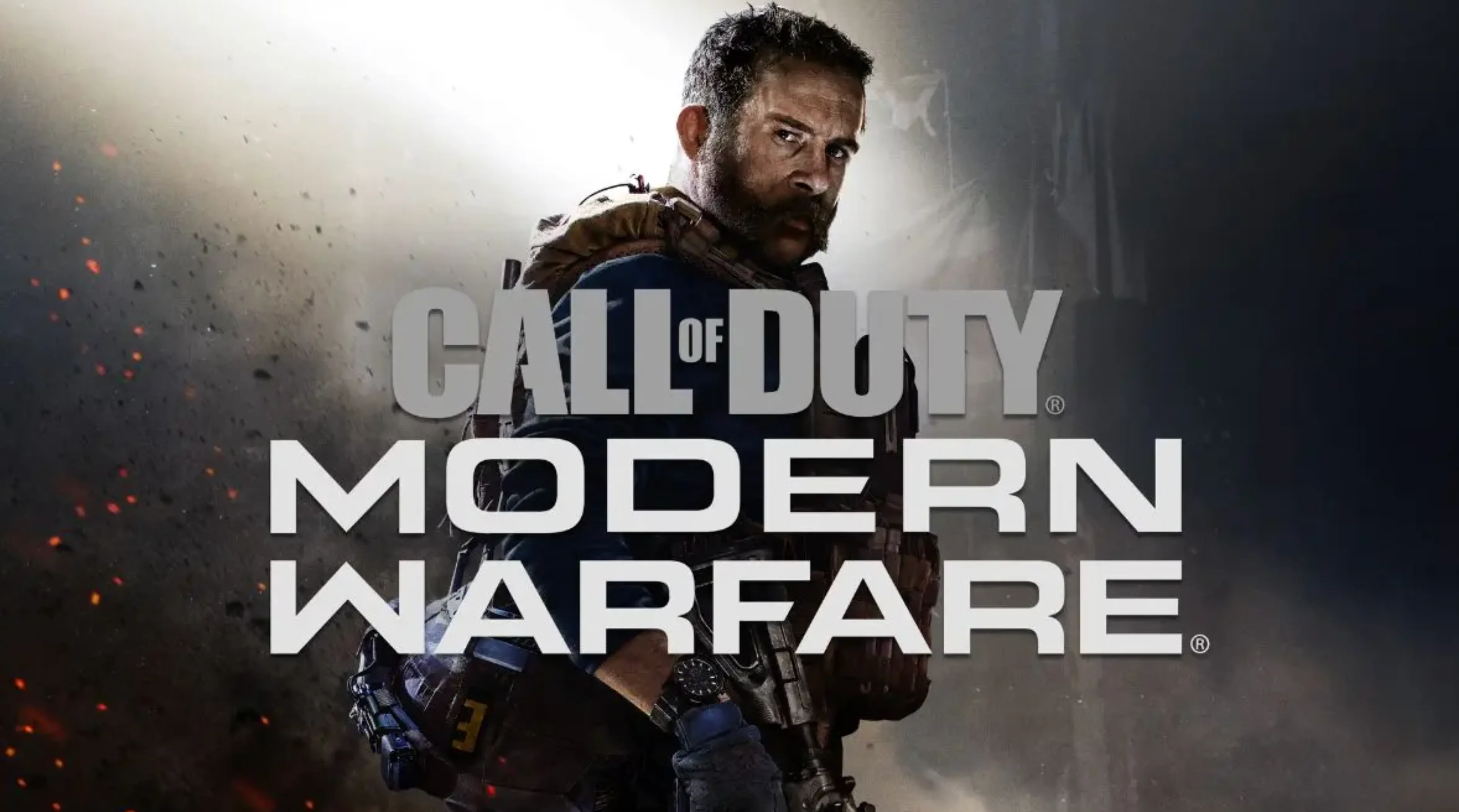
Release Date: October 25, 2019
Platforms: PC, PS4, Xbox One
Modern Warfare (2019) marked a massive turning point for the franchise, essentially rebooting one of Call of Duty’s most iconic storylines. Infinity Ward brought back Captain Price with a fresh look and delivered a campaign that felt grounded, intense, and cinematic from the opening moments. Missions like “Clean House” and “Embedded” turned into instant fan favorites thanks to their realism and tight pacing, proving that the franchise could still hit that gritty, boots-on-the-ground tone that made the original trilogy unforgettable.
Multiplayer followed the same philosophy—heavier movement, tactical gunfights, door mechanics, weapon mounting, and maps designed around slower, more methodical engagements. Long-time fans loved the shift, while players who preferred faster, more arcade-like movement weren’t as thrilled. Regardless of the mixed opinions, MW2019 was a commercial monster and quickly climbed the charts as one of the best-selling Call of Duty titles ever.
Then came Warzone, and everything changed. The free-to-play battle royale launched using MW2019’s core gameplay, weapons, and operators, instantly exploding into one of the biggest gaming sensations of the decade. Verdansk—the original map—struck the perfect balance between open spaces and memorable POIs, making every drop feel exciting. For a good stretch of time, Warzone was the game everyone played, talked about, and streamed. It defined lockdown gaming culture and pushed Call of Duty into a new era.
Over the years, the BR bounced through multiple maps and design shifts, losing some of that early magic. But with Verdansk’s return and classic MW weapons making a comeback, it’s clear that the foundation MW2019 created was something truly special. Even today, players look back on that first year as one of the franchise’s strongest eras.
#17: Call of Duty: Black Ops Cold War
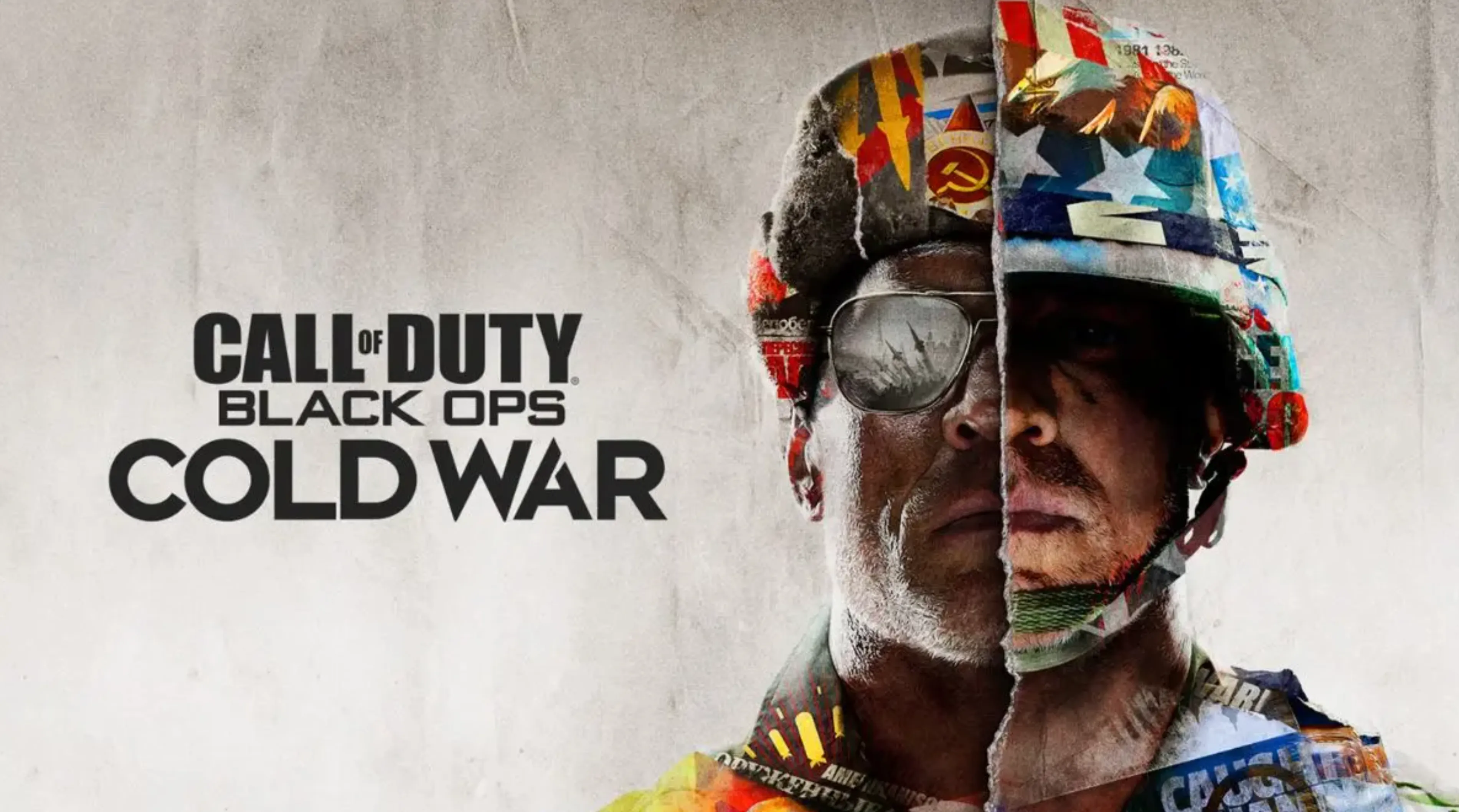
Release Date: November 13, 2020
Platforms: PC, PS4, PS5, Xbox One, Xbox Series X/S
Black Ops Cold War might have the clunkiest title in the entire series, but it’s easily one of the most overlooked entries. The game had a chaotic development cycle—passing between Sledgehammer, Raven, and finally Treyarch—yet somehow still landed with a polished campaign and a surprisingly strong multiplayer lineup filled with classic-feeling maps.
The campaign is where Cold War really shined. Raven crafted a tight, stylish spy thriller that bounced between covert ops, psychological twists, and Cold War tension. One moment you’re crawling through humid Vietnam jungle firefights, and the next you’re sneaking through the halls of the KGB in one of the most memorable infiltration missions the series has ever had. It felt fresh without trying too hard, and it introduced a character who instantly stuck with fans: Russell Adler, arguably the last truly iconic face the franchise has produced.
Cold War may not top many “best CoD” lists, but for players who actually spent time with it, the game delivered a clean mix of nostalgia, personality, and rock-solid gameplay that deserved far more credit than it ever got.
#18: Call of Duty: Vanguard
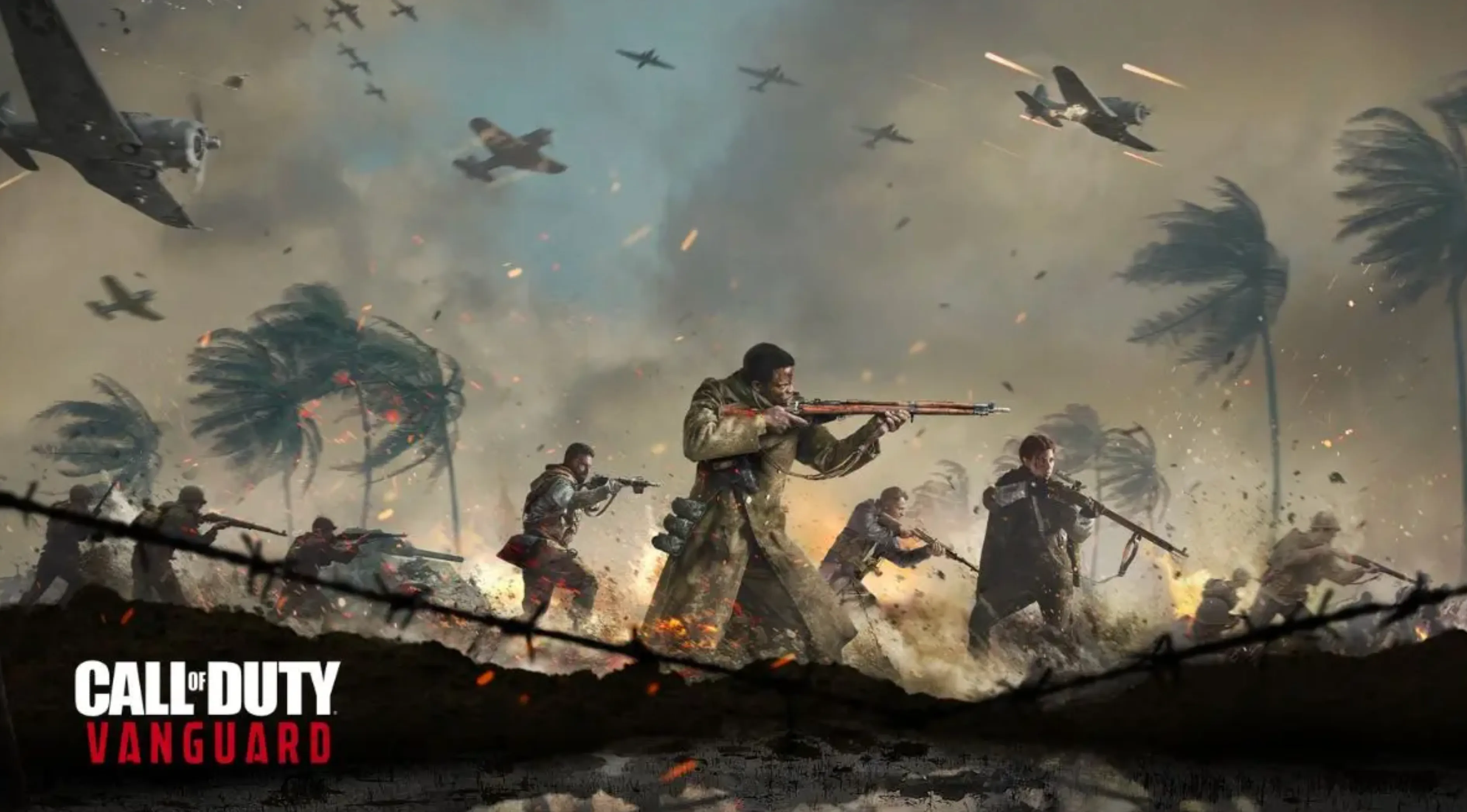
Release Date: November 5, 2021
Platforms: PC, PS4, PS5, Xbox One, Xbox Series X/S
Vanguard is one of those Call of Duty entries that instantly felt like it existed to fill a gap. Everything about it gave off the vibe of a “holdover year,” something built to keep the annual release cycle alive while the franchise geared up for the much bigger Modern Warfare 2 reboot.
On its own, Vanguard didn’t do much to stand out. The campaign brought the series back to the familiar WWII setting, but instead of offering a fresh perspective, it played things extremely safe, resulting in a story that struggled to leave an impression. Multiplayer had its strong moments—mainly thanks to a decent map lineup and a smooth progression system—but it still felt like more of the same rather than a step forward.
Zombies made a return as well, though longtime fans were disappointed by how simplified the mode felt, especially compared to the complexity and charm of earlier iterations. Overall, Vanguard wasn’t a terrible game—it just lacked identity. It came and went quickly, overshadowed almost immediately by the hype surrounding the next big entry in the franchise.
#19: Call of Duty: Modern Warfare II
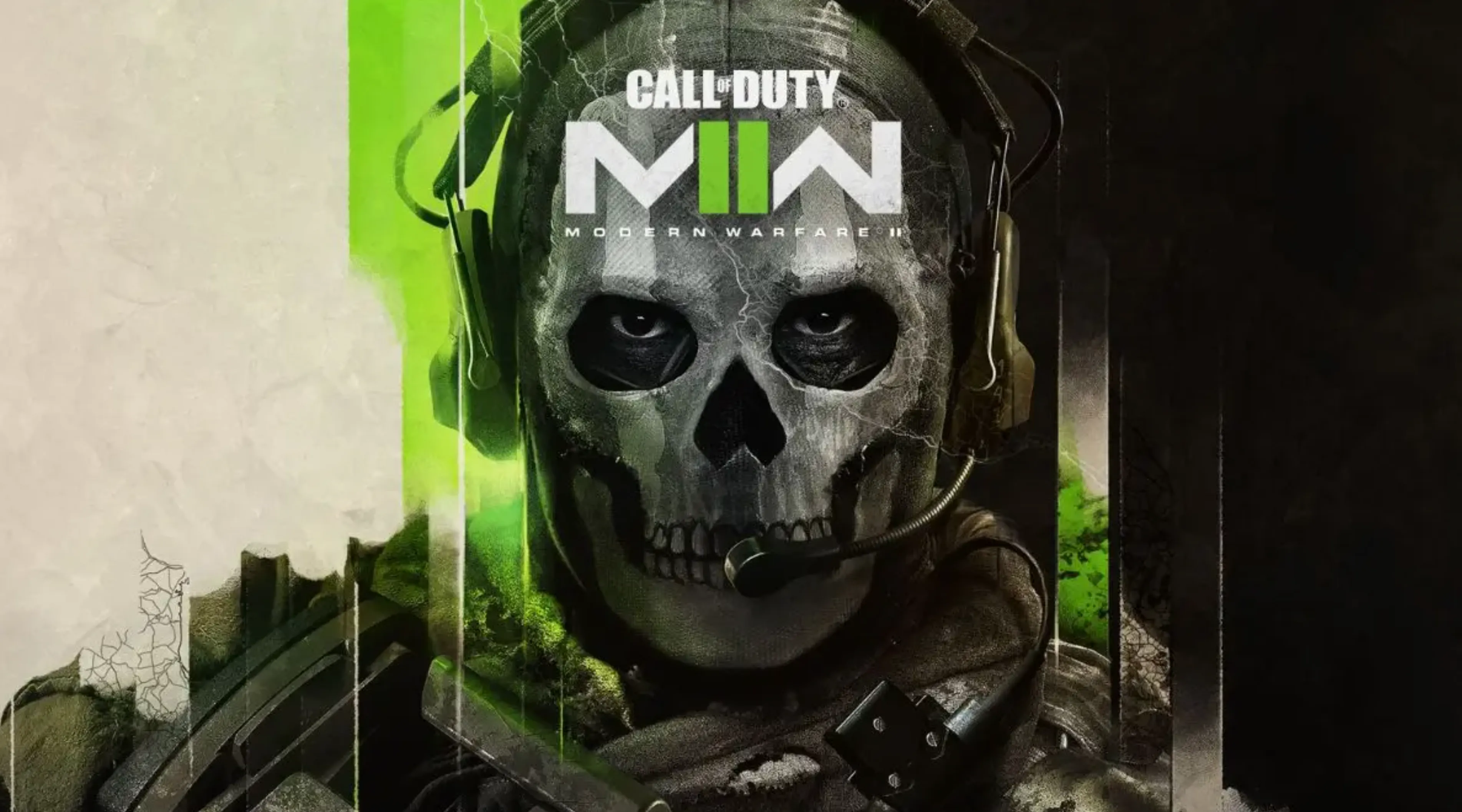
Release Date: October 28, 2022
Platforms: PC, PS4, PS5, Xbox One, Xbox Series X/S
Modern Warfare II (2022) broke sales records the moment it launched, but fast success didn’t exactly translate into long-term praise. Even though it became the fastest-selling Call of Duty ever, player sentiment quickly shifted as the months went on. A messy attachment system, confusing design changes, and a frustrating post-launch roadmap made the multiplayer feel bloated instead of exciting. And when Warzone 2.0 dropped, many fans felt like the series had taken a massive step backwards, especially with how different it felt from the original Warzone experience.
This was also the era where crossover cosmetics started getting out of hand, turning a supposedly grounded military shooter into a chaotic mix of celebrity skins, bright colors, and pop-culture mashups. For many longtime fans, this was the point where the identity of the franchise started slipping.
The campaign was the highlight—packed with sharp missions and intense firefights—but even then, it never quite matched the energy or emotional punch of the 2019 reboot. Modern Warfare II will be remembered more for its controversies than its victories, marking a complicated chapter in Call of Duty’s long history.
#20: Call of Duty: Modern Warfare III
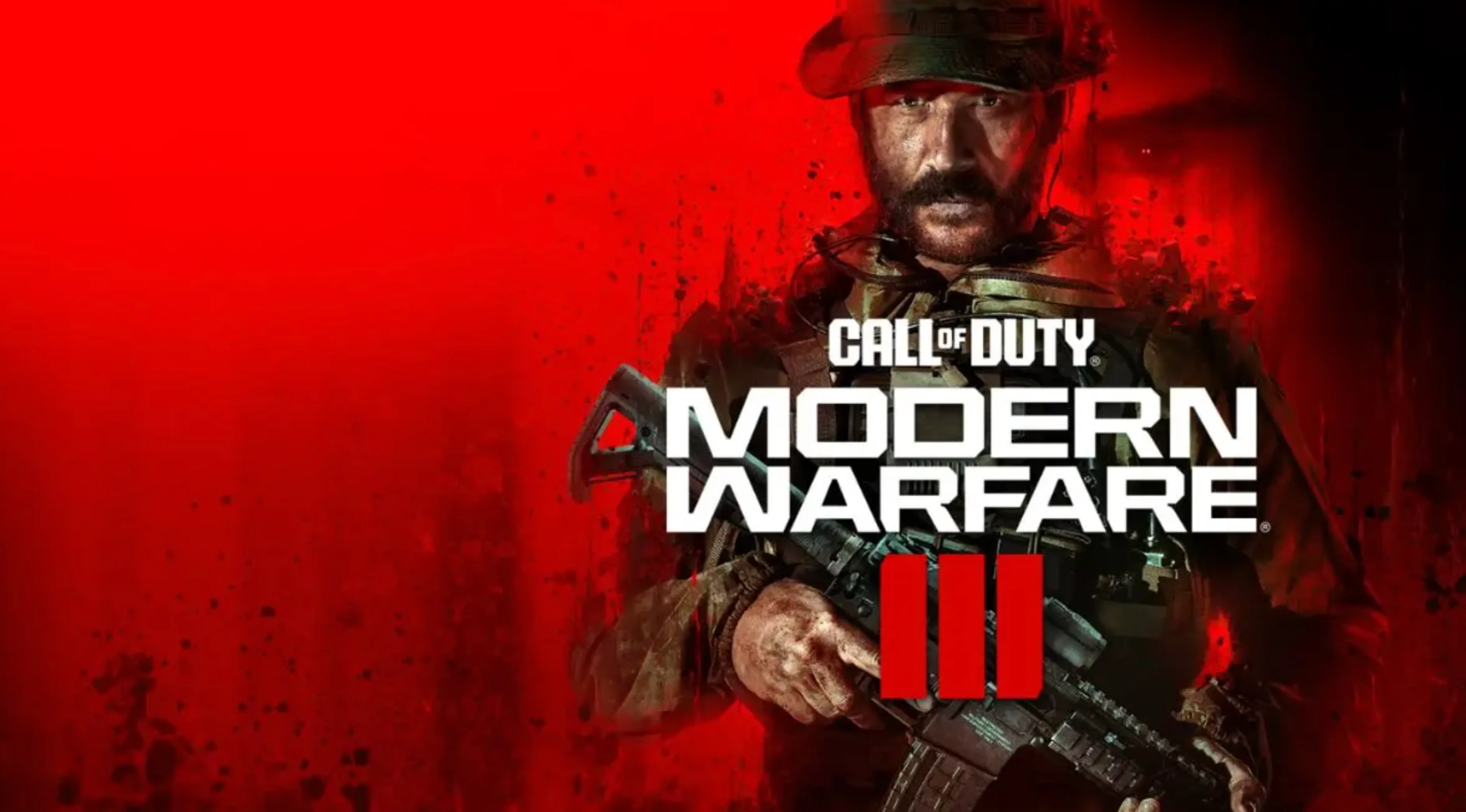
Release Date: November 10, 2023
Platforms: PC, PS4, PS5, Xbox One, Xbox Series X/S
Modern Warfare III had a rough start the moment it was revealed. Everyone could tell it began life as an expansion for MWII before getting pushed into a full-priced release, and that reputation followed it everywhere. The campaign didn’t help, either—short, forgettable, and easily one of the weakest story modes the series has put out.
But here’s the twist: once you step into multiplayer, the entire tone shifts. MWIII quietly delivered one of the most enjoyable multiplayer experiences Call of Duty had seen in years. The movement felt smoother, gunplay was snappy again, and the map selection actually brought back that classic CoD energy fans had been missing. Post-launch support was also surprisingly strong, with consistent updates, fun weekly challenges, Aftermarket Parts, and seasonal content that kept the game feeling alive long after release.
While its campaign may never escape criticism, Modern Warfare III’s multiplayer ended up being the redemption arc MWII desperately needed—showing that even a messy launch can’t stop the franchise when the core gameplay hits the right notes.
#21: Call of Duty: Black Ops 6

Release Date: October 25, 2024
Platforms: PC, PS4, PS5, Xbox One, Xbox Series X/S
Black Ops 6 had one of the most hyped build-ups the series had seen in years. The “Truth Lies” marketing wave had everyone convinced CoD was entering a new era, especially with this being the first major release tied directly to Game Pass. At launch, excitement peaked—players were genuinely calling it a return to form. But that spark didn’t last long.
Within weeks, BO6’s momentum slipped, and it wasn’t hard to see why. Cheaters flooded lobbies, frustrating players and pushing even big creators off the game. Post-launch content didn’t help either. New weapons and the Zombies updates were solid, but the multiplayer maps landed flat. Even the remastered ones missed the charm they originally had—W.M.D. without snow felt like a completely different map, and not in a good way.
The game’s biggest mechanical addition, omnimovement, sounded revolutionary before release but didn’t end up changing the gameplay meta as dramatically as fans expected. The one part of BO6 that consistently impressed was its campaign. Treyarch leaned fully into wild, stylish mission design—storming Saddam Hussein’s palace, navigating a trippy, horror-inspired facility, and pulling off a flashy casino heist. It was the kind of creativity players hadn’t seen in years.
Black Ops 6 will probably be remembered as a game with strong ideas and a standout campaign, but held back by weak post-launch support and a multiplayer scene that never found its footing.
#22: Call of Duty: Black Ops 7
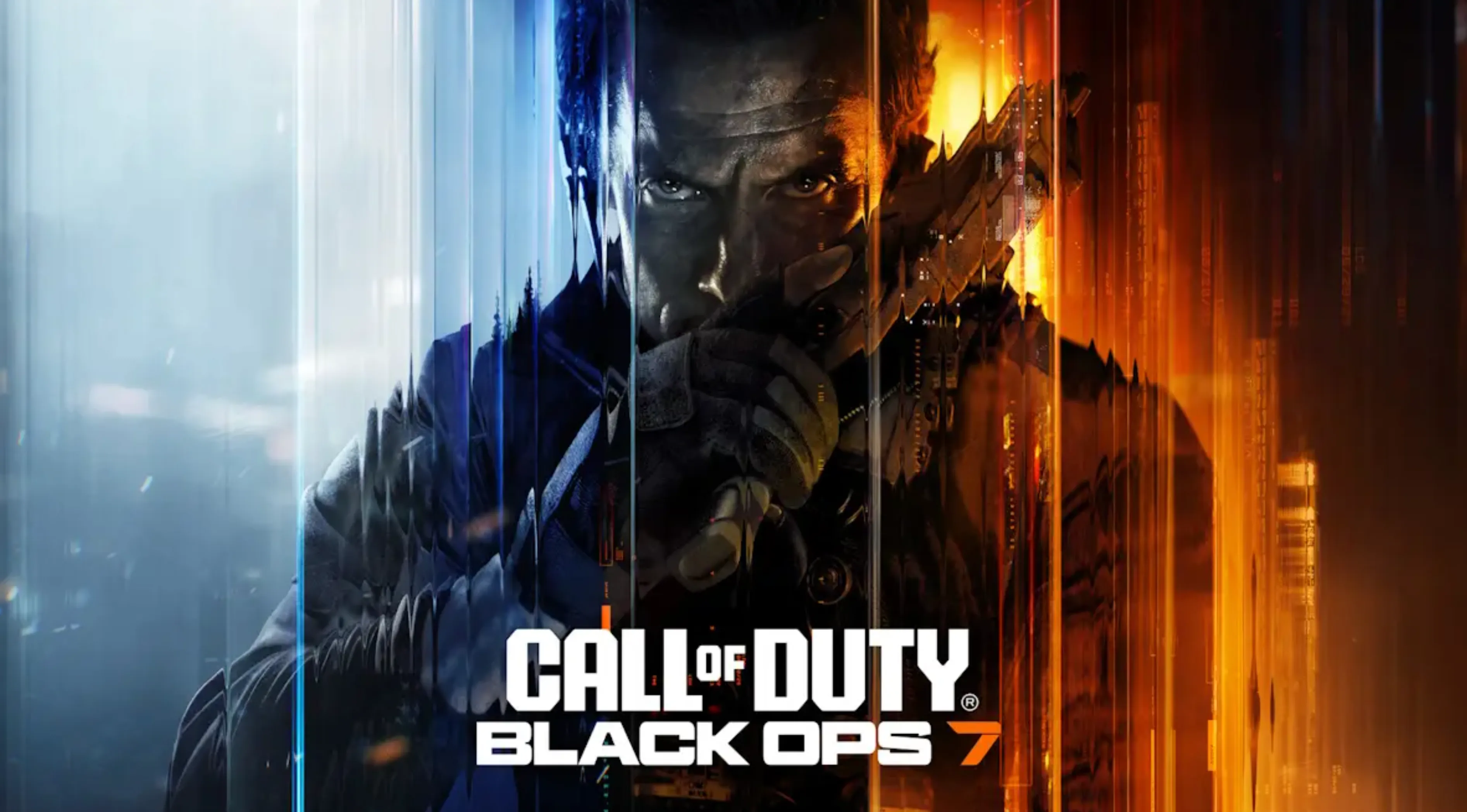
Release Date: November 14, 2025
Platforms: PC, PS4, PS5, Xbox One, Xbox Series X/S
Black Ops 7 marks the long-awaited return to the BO2 era, picking up ten years after those events and putting David Mason back in the spotlight. Now serving as JSOC Commander, Mason and his squad step into a global crisis once again—this time chasing whispers that Raul Menendez might not be as dead and buried as everyone believed. Layered into the chaos is The Guild, a powerful tech organization tied to the Avalon weapons network introduced in BO6, adding even more intrigue to the unfolding threat.
Treyarch has positioned Black Ops 7 as the most ambitious entry the sub-franchise has ever seen. The game launched with a massive lineup of 18 multiplayer maps out of the gate, and the studio has promised a heavy, consistent stream of updates throughout its lifecycle. With the return of key characters, a high-stakes storyline, and a multiplayer package loaded from day one, Black Ops 7 feels like Treyarch pushing hard to remind players why Black Ops is still the heart of the Call of Duty franchise.
Conclusion
Looking back at every Call of Duty game in chronological order really shows how much the series has evolved over the years. From its gritty WWII beginnings to futuristic battles, massive multiplayer leaps, and the rise of Warzone, each entry left its own mark on the franchise. Whether you prefer the classic campaigns, the chaotic online modes, or the more modern, cinematic style, there’s no denying how deeply Call of Duty has shaped shooter games as a whole. With Black Ops 7 pushing the story forward once again, the franchise is still far from slowing down, and it’s the perfect time to revisit — or replay — the moments that made CoD the giant it is today.
Posted On: November 14th, 2025
Recent Articles
💬 Need help?
Our 1v9 support team is available 24/7 to help you with any questions or issues you may have.
support@1v9.gg
Loading...
1v9.gg is not endorsed or affiliated by any game developers or publishers.
2025 1v9, All Rights Reserved, Created By NightDev







